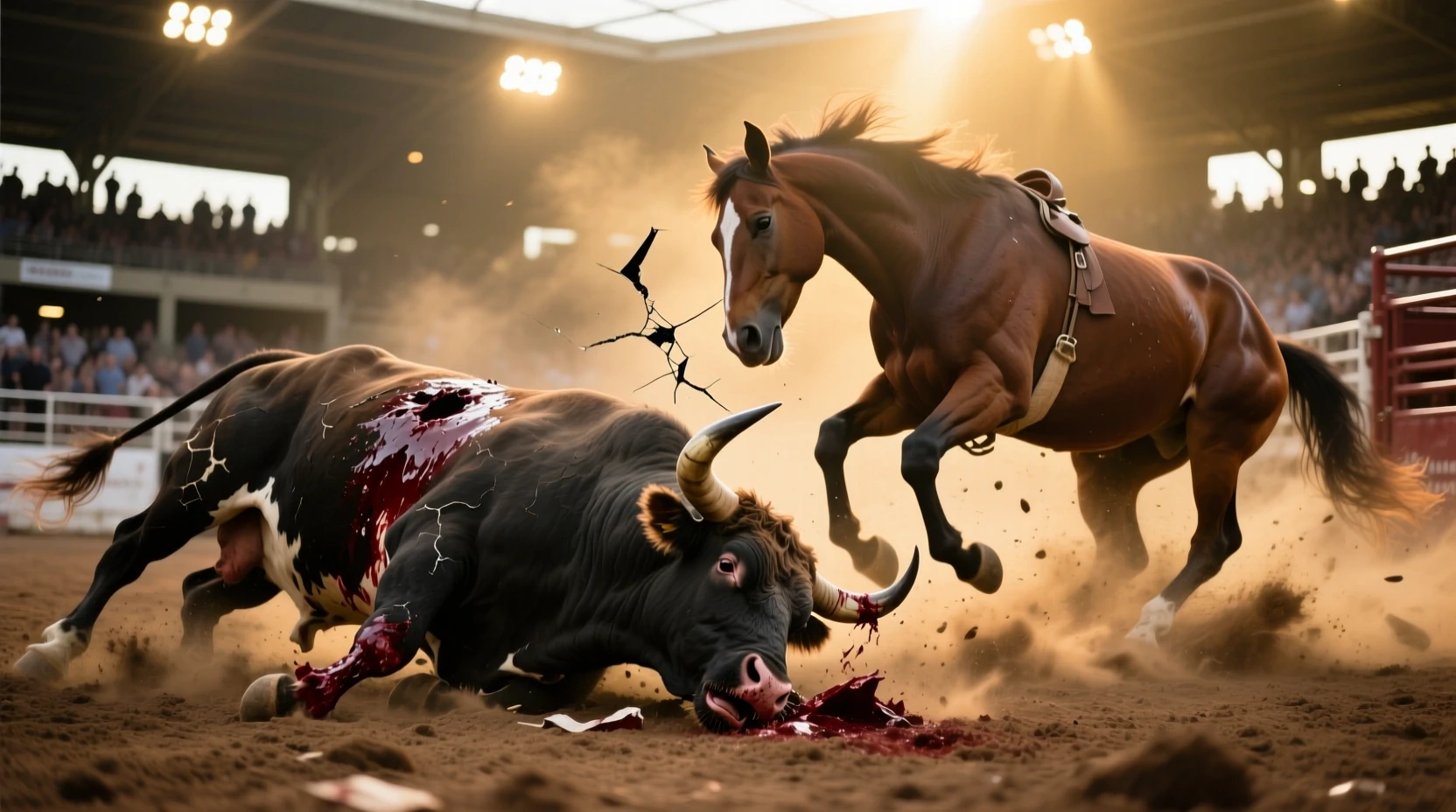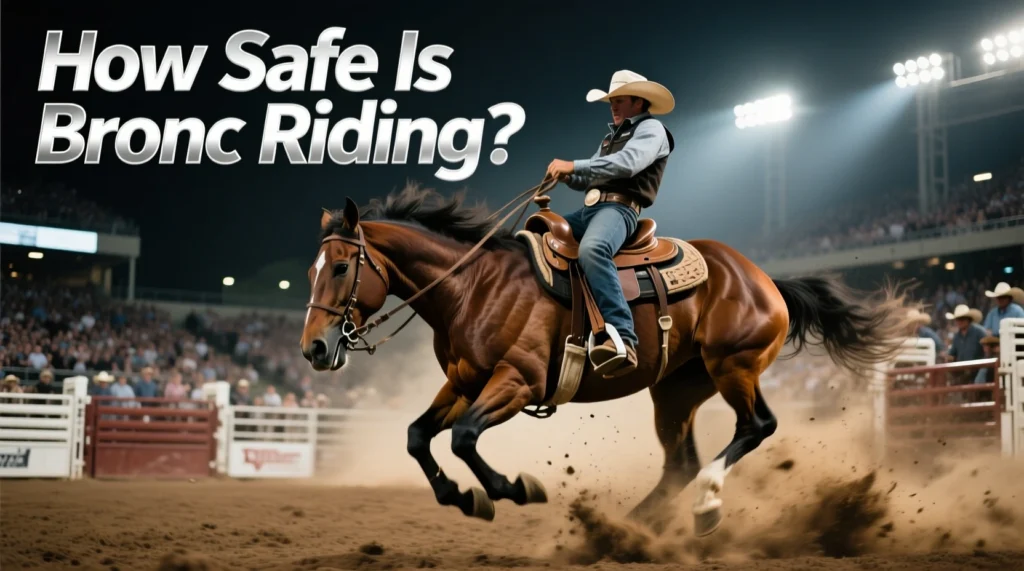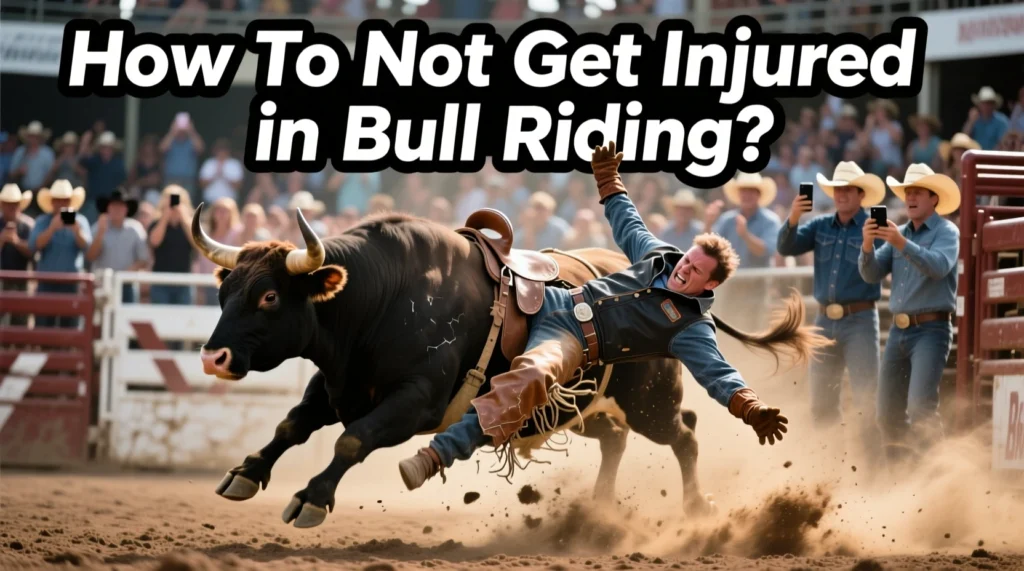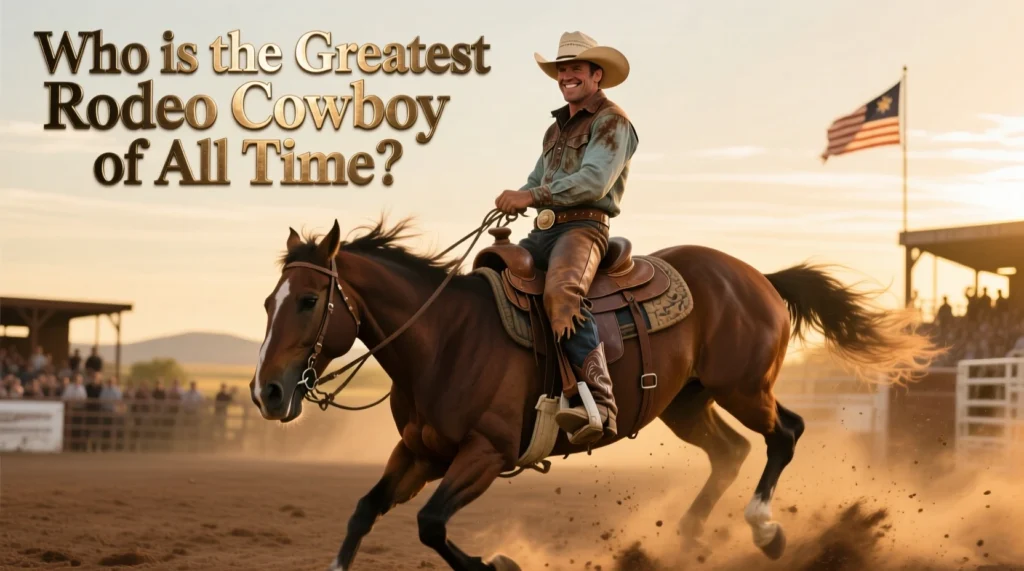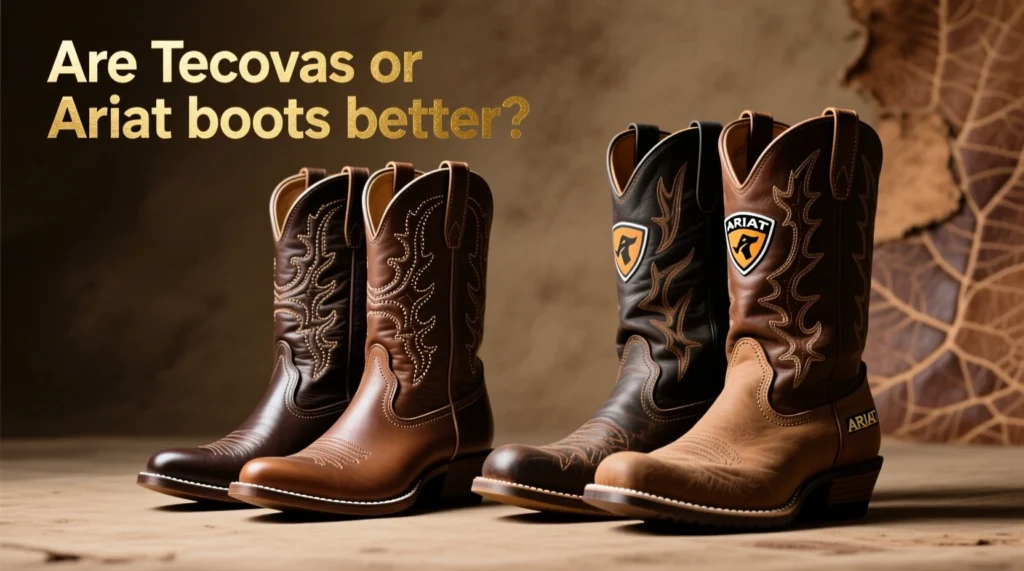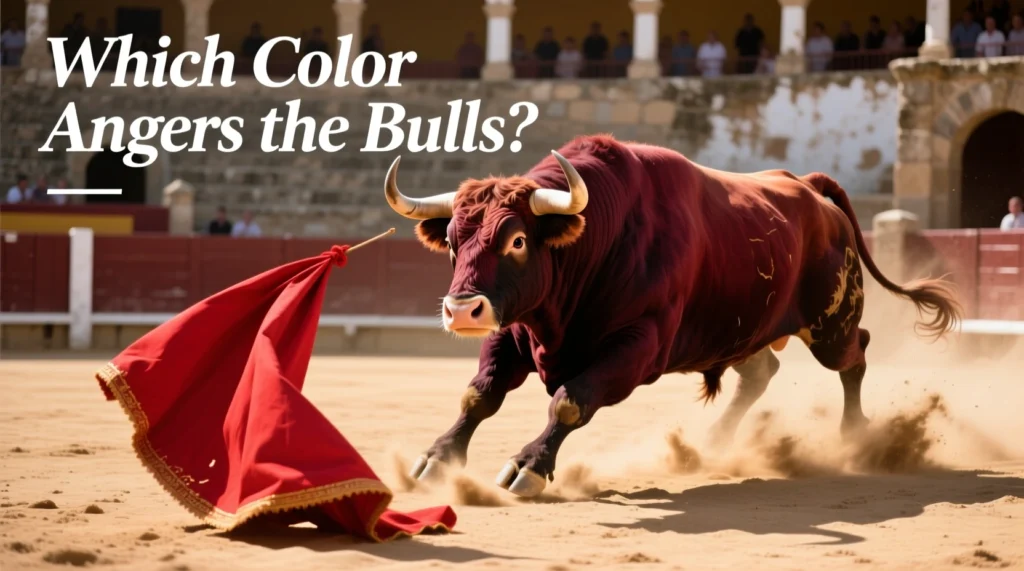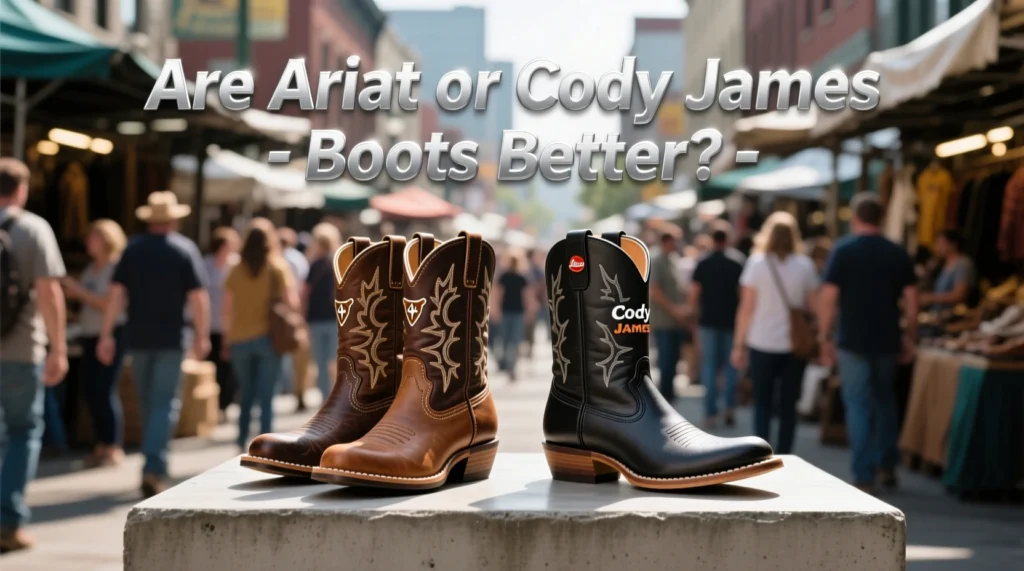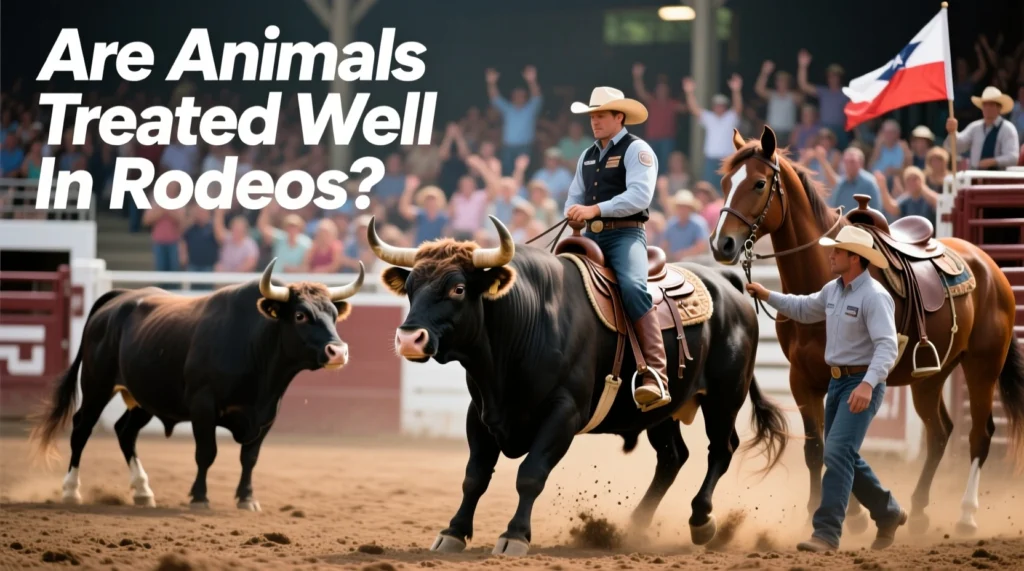Rodeo, a celebrated part of Western heritage, is a spectacle of skill and courage. But behind the thrilling eight-second rides and high-speed events lies a key question that haunts animal welfare advocates, fans, and regulators alike: How many animals are injured in rodeos? The answer is complex, mired in conflicting statistics and passionate perspectives. While the rodeo industry reports extremely low injury rates, animal rights organizations document significant harm and fatalities.
Table of Contents
The Statistical Landscape: Conflicting Numbers
Official injury statistics reported by rodeo sanctioning bodies and those reported by animal welfare groups are starkly different. This discrepancy makes it difficult to pin down a single, universally accepted number.
The Professional Rodeo Cowboys Association (PRCA), the largest rodeo sanctioning body in the world, has an impressive safety record. A frequently cited 2001 study of 21 PRCA events found an animal injury rate of just 0.056%, or 15 injuries out of 26,584 animals exhibited. Larger events such as Cheyenne Frontier Days™ report an average injury rate of less than two-tenths of one percent (0.2%), noting that most injuries are minor and fatal incidents are rare.
How Many Animals Are Injured in Rodeo? However, organizations such as the Vancouver Humane Society (VHS) say these figures do not tell the whole story. They point to events like the Calgary Stampede, where animal fatalities are documented almost annually. Since 1986, at least 109 animals have died in stampedes, with 2024 being the deadliest year since 2019, when four animals died. The organizations also claim that injuries may be underreported, as some conditions can take up to 48 hours to manifest after an event.
Reported Rodeo Animal Injury and Fatality Statistics
| Source | Reported Statistic | Context / Timeframe |
|---|---|---|
| Professional Rodeo Cowboys Association (PRCA) | 0.056% injury rate | From a 2001 study of 21 events (15 injuries in 26,584 exposures) |
| Cheyenne Frontier Days | < 0.2% injury rate | Average annual rate; reports most injuries are minor |
| Vancouver Humane Society (re: Calgary Stampede) | 109+ animal deaths | Cumulative fatalities tracked since 1986 |
Why the Numbers Vary: A Debate over Methodology and Transparency
The wide variation in reported figures stems from several key factors:
- Definition of “Injury”: The industry often classifies an injury as requiring veterinary attention and withdrawing the animal from competition. Advocacy groups say this ignores less severe but still painful conditions, cumulative stress, and injuries that appear after the events.
- Reporting standards: Industry data is typically based on self-reported data from sanctioned events. Animal welfare organizations rely on independent monitoring and public records requests, often highlighting incidents that are not captured in official reports.
- Scope of incidents: Industry data primarily covers PRCA-sanctioned events, which operate under strict animal welfare laws. Animal rights groups’ statistics often include unsanctioned incidents and practices, which may have lower safety standards.
Common Injuries and Causes of Harm for How Many Animals Are Injured in Rodeo?
Beyond statistics, it is important to understand the specific types of injuries animals face. The physical stress of booking, roping, and racing can lead to a number of health problems.
- Severe traumatic injuries: These include broken bones (ribs, legs, neck), torn ligaments, punctured lungs, and damage to internal organs. Such injuries can result from mistakes during booking, collisions in chuckwagon races, or the impact of wrestling incidents.
- Stress and exhaustion: The intense physical exertion and fear of animals can lead to severe stress, exhaustion, and even death. Chuckwagon races, in particular, are notoriously demanding, often running over “half-miles of hell” that push horses to their absolute limits.
- Tools of the Trade: Animal welfare advocates point to specific rodeo equipment as sources of pain. These include flank straps – which are secured around the animal’s belly to encourage bucking and spurs. The industry counters that edgebands are lined with soft fleece or neoprene and don’t cause pain, merely pointing to an animal that is naturally inclined to buck. They also point out that spurs used at PRCA events should be reduced to ensure animal safety.
Case Study: The Calgary Stampede
The Calgary Stampede Rodeo serves as a high-profile case study in the animal injury debate. As one of the world’s largest rodeos, its animal welfare record is closely scrutinized.
The Vancouver Humane Society has tracked animal deaths at the Stampede since 1986, with a total of at least 109 fatalities. The most dangerous event has been the consistent occurrence of chuckwagon races, where the high speed and close proximity of the wagons can cause devastating injuries. In 2024 alone, three chuckwagon horses suffered irreparable injuries, and a steer suffered a broken neck during a wrestling event. These repeated incidents have fueled public opposition and calls for reform, highlighting the very real dangers animals face in large-scale rodeo operations.
Industry Safeguards and Animal Care Protocols
How Many Animals Are Injured in Rodeo? The rodeo industry emphasizes its strong commitment to animal care and points to a multi-layered system of safeguards designed to prevent injuries.
- Veterinary Supervision: PRCA-sanctioned events like Cheyenne Frontier Days require a veterinarian to be on site at all times. Animals are examined before and after each event, and any that appear injured, lame, or sick are immediately withdrawn and treated.
- Equipment Regulations: The rules mandate that reins must be made of soft material and spurs must be reduced. Stimulating devices such as “hot shots” are prohibited at many sanctioned rodeos.
- Penalties for Abuse: Competitors who engage in unnecessary rough play or abuse an animal face immediate disqualification and fines. The industry argues that the welfare of their livestock is paramount to their livelihood and way of life.
Expert Opinion and Growing Public Scrutiny
Despite these protocols, opposition is growing. Public polling cited by the Vancouver Humane Society shows that a majority of Canadians now oppose the use of animals in rodeo events. Furthermore, polls suggest that removing rodeo events from events like the Calgary Stampede would have little negative impact on attendance and could even attract new crowds.
This shift in public opinion is translating into action. A handful of states, including California, Rhode Island, and Nevada, have passed laws banning or heavily regulating certain rodeo practices. Cities like Los Angeles have also voted to ban rodeos. This trend indicates a growing public consensus that animal welfare in rodeos needs stronger protections.
A Divided Issue in Need of Transparency
There is no easy answer to the question of how many animals are injured in rodeos. The reality lies somewhere between the very low injury rates reported by the industry and the high-profile deaths documented by animal welfare groups. While sanctioned rodeos have implemented important safety protocols that likely minimize harm, the inherent nature of the sport – which relies on animals to perform in stressful, high-intensity events – represents an undeniable risk of injury and death.
The path forward likely depends on greater transparency and independent oversight. More consistent, third-party monitoring and reporting of animal injuries at all levels of rodeo would provide a clearer picture of the problem. This data is essential to developing more effective safety measures and fostering an informed public conversation about the future of animals in rodeo sports. Yet, the debate remains a deeply polarized one, reflecting the wider social discourse about our relationship with animals used for entertainment.
